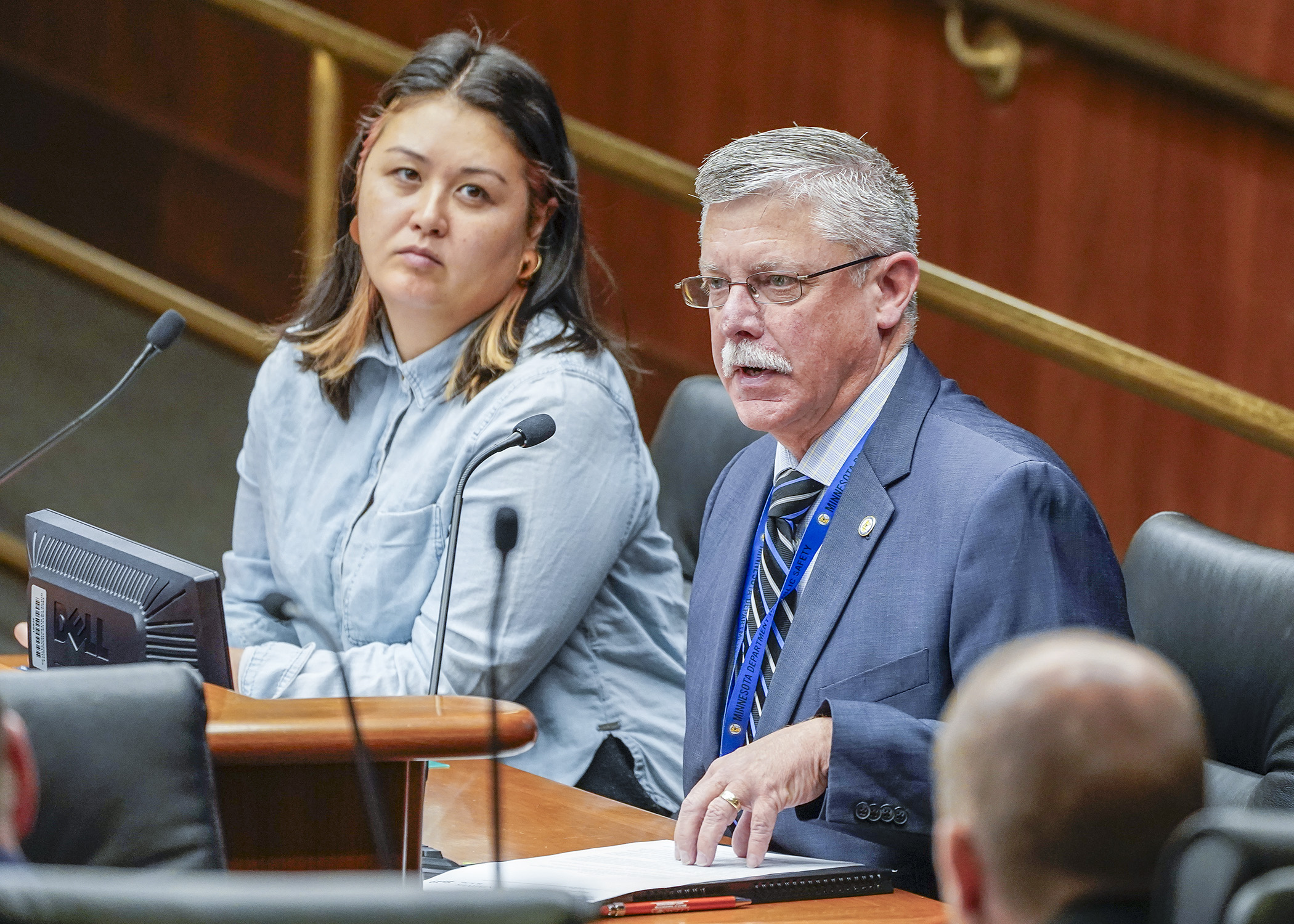Car seat guidance could get boost from bill spelling out best practices

Before Rep. Samantha Sencer-Mura (DFL-Mpls) could bring her now 2-year-old home from the neonatal intensive care unit, the baby needed to pass a car-seat test, ensuring he could breathe while sitting in the car seat for an hour.
After he passed the test, the most terrifying thing for Sencer-Mura was putting him in his car seat in an actual car.
Helping parents navigate that all-to-real fear of driving with their child is a reason Sencer-Mura sponsors HF4649 that would offer guidance on child seats, booster seats and seat belts. It was laid over Tuesday by the House Transportation Finance and Policy Committee.
The bill would help spell out in statue best practices around child restraint systems. The proposed legislation would still offer parents flexibility, however, because passenger safety depends on the age and size of the child, the kind of vehicle and the kind of seat, said Office of Traffic Safety Director Mike Hanson.
The bill would increase the age a child should be in a booster seat from 8 to 9. It would also specify ages for child restraints, subject to weight and height limits as established by the manufacturer:
- Children younger than 2 would have to be in a rear-facing car seat;
- Children ages 2 and 3 would have to be in a car seat; and
- Children ages 4 to 9 would need a booster seat.
Additionally, children 12 and younger would have to ride in the back seat, where available. Back seats are safer, Hanson said.
Related Articles
Search Session Daily
Advanced Search OptionsPriority Dailies
Speaker Emerita Melissa Hortman, husband killed in attack
By HPIS Staff House Speaker Emerita Melissa Hortman (DFL-Brooklyn Park) and her husband, Mark, were fatally shot in their home early Saturday morning.
Gov. Tim Walz announced the news dur...
House Speaker Emerita Melissa Hortman (DFL-Brooklyn Park) and her husband, Mark, were fatally shot in their home early Saturday morning.
Gov. Tim Walz announced the news dur...
Lawmakers deliver budget bills to governor's desk in one-day special session
By Mike Cook About that talk of needing all 21 hours left in a legislative day to complete a special session?
House members were more than up to the challenge Monday. Beginning at 10 a.m...
About that talk of needing all 21 hours left in a legislative day to complete a special session?
House members were more than up to the challenge Monday. Beginning at 10 a.m...